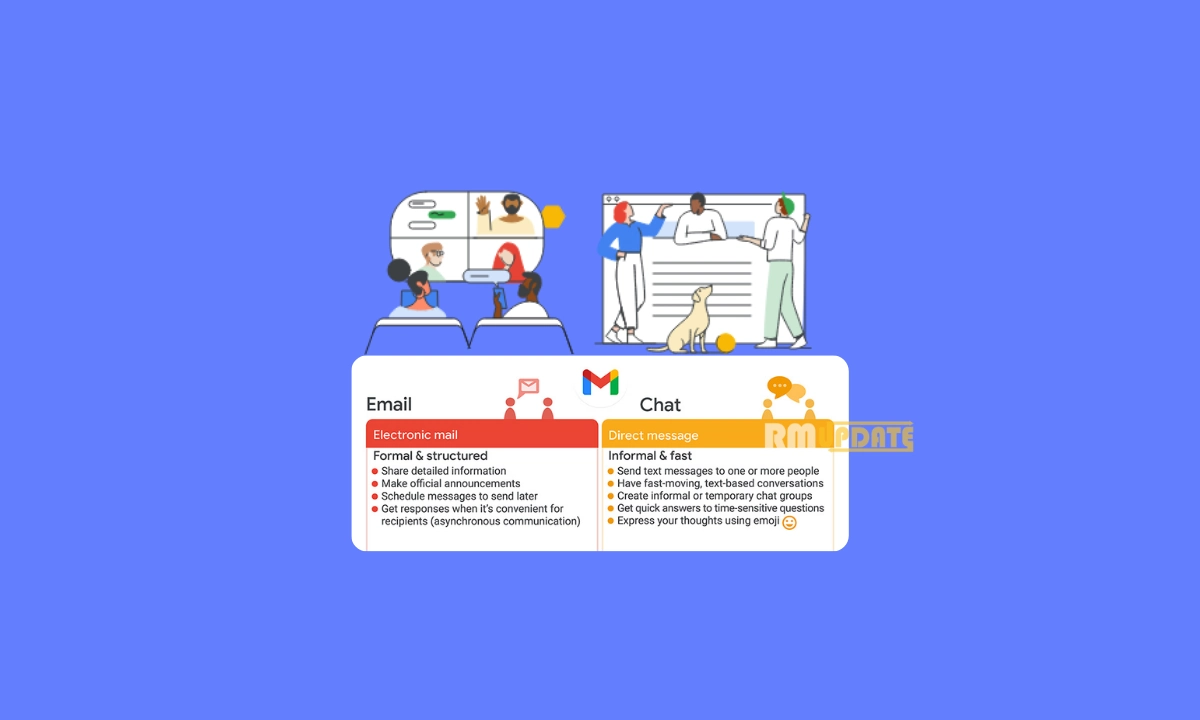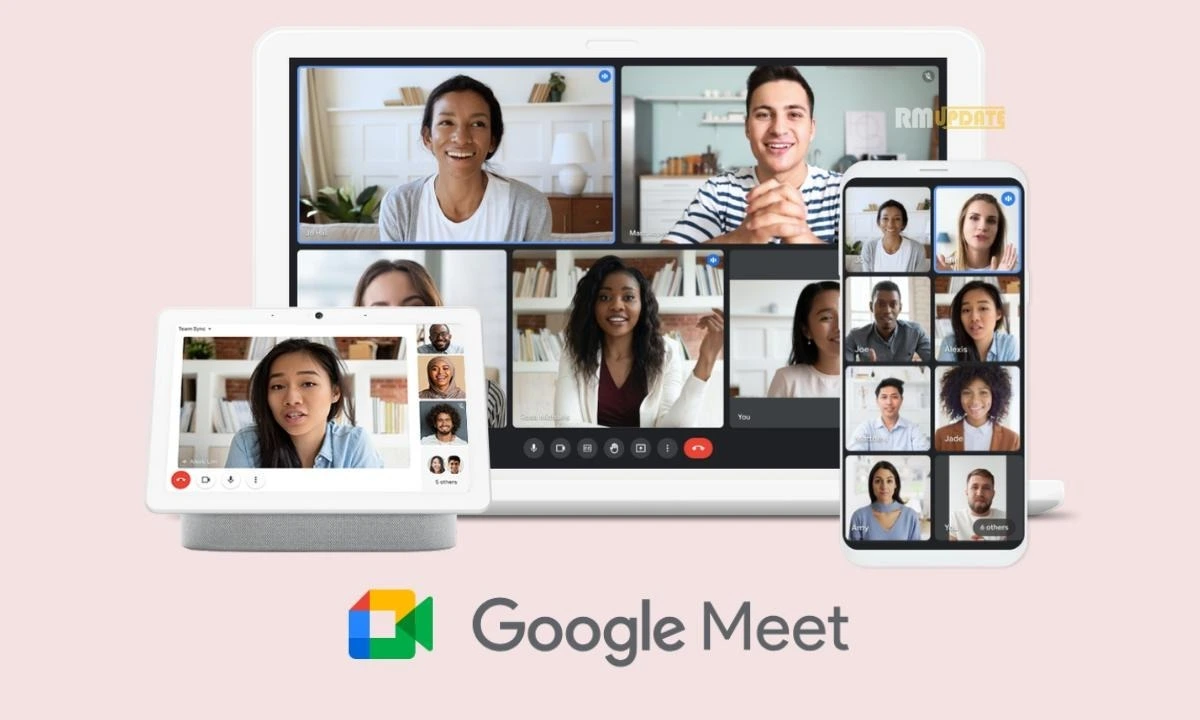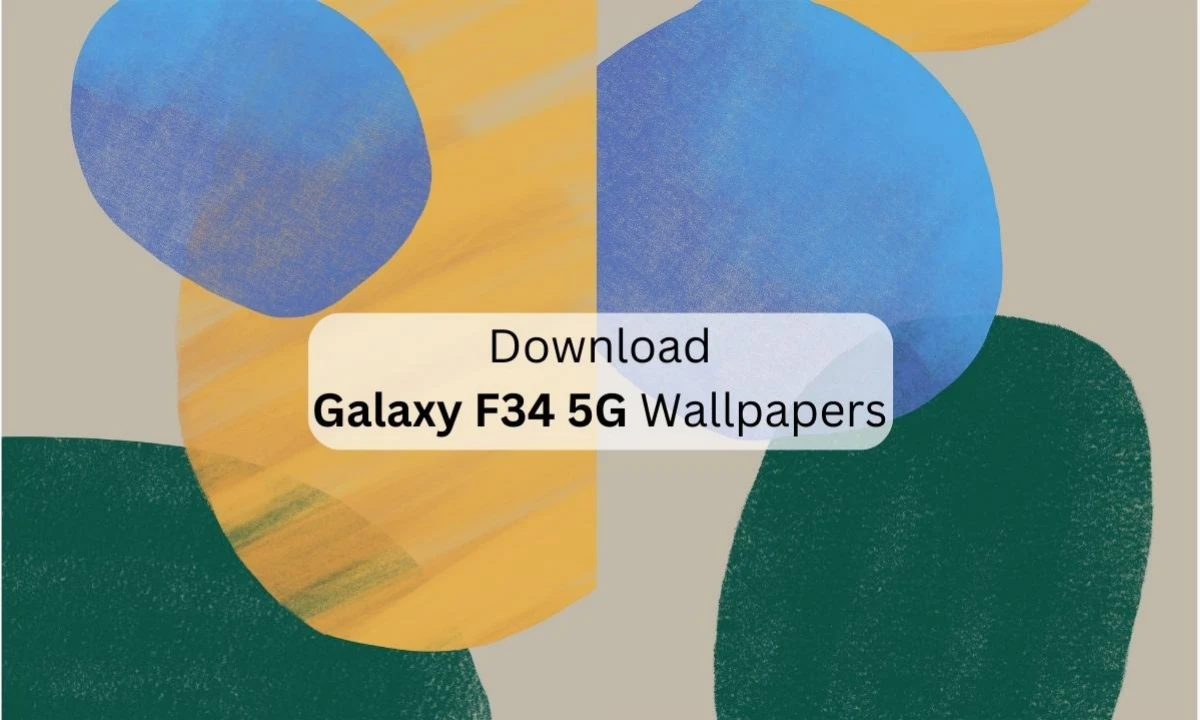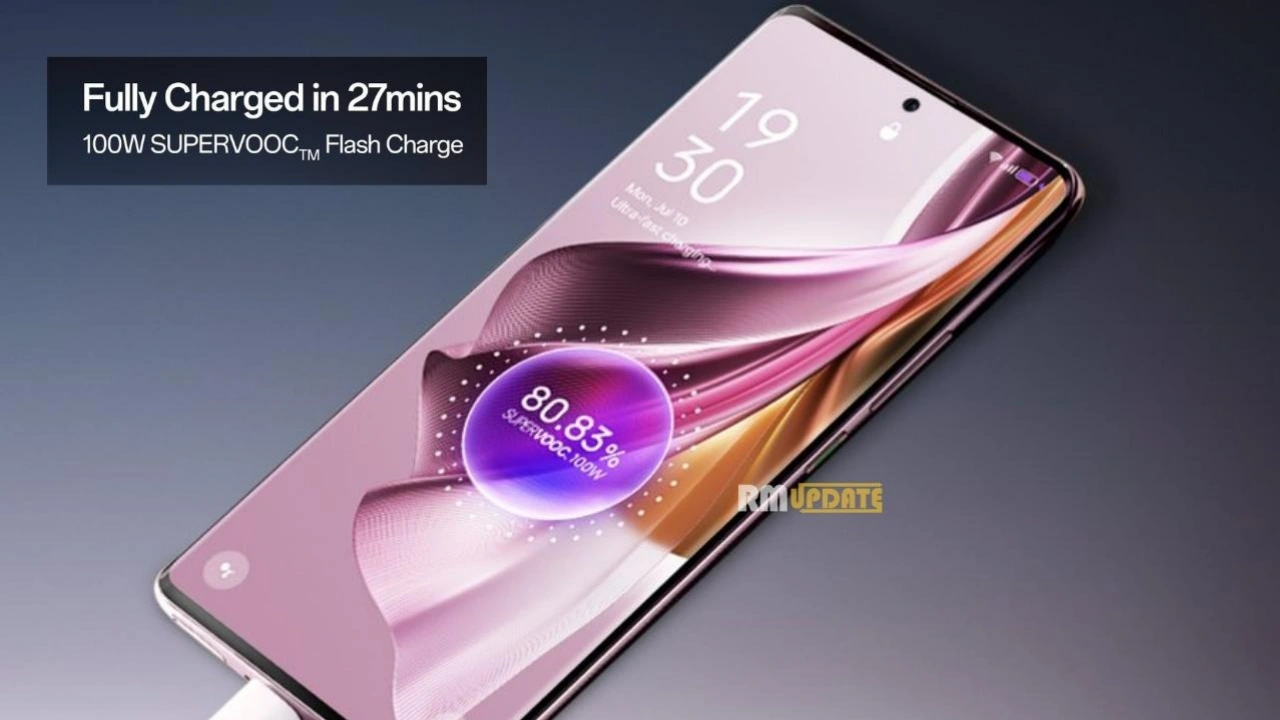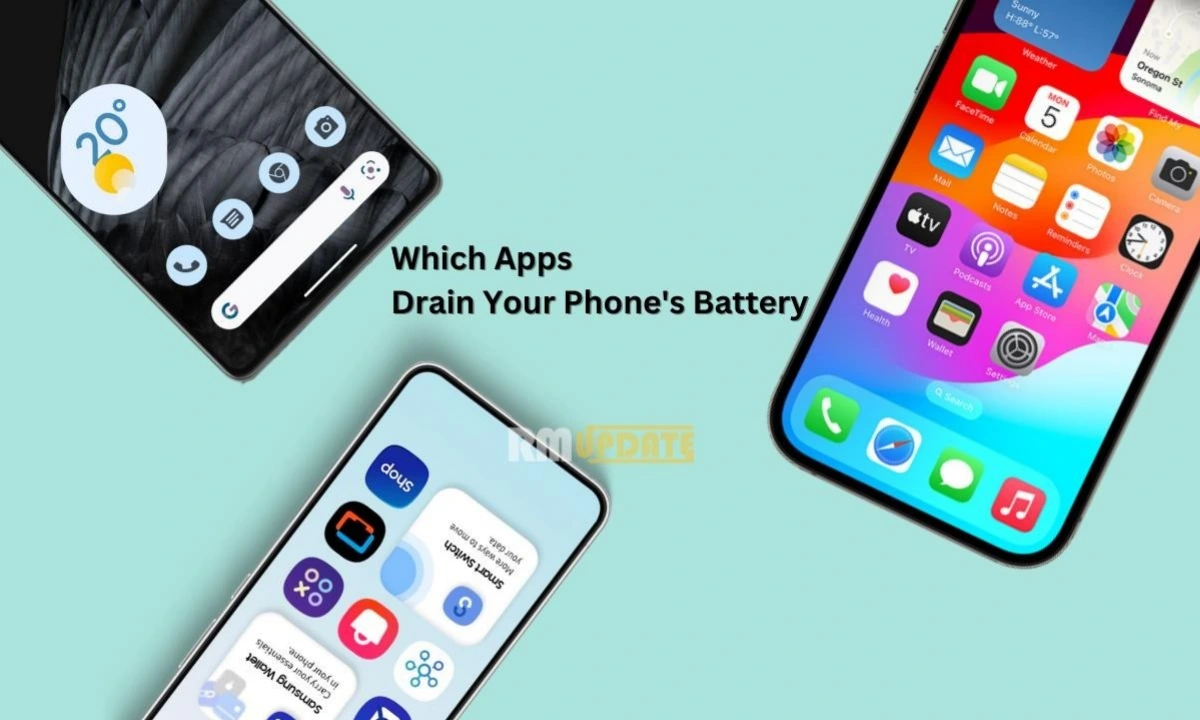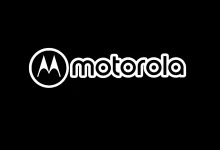Gmail is the third most important application to millennials, after Facebook & Instagram (as per key Gmail Statics). One can easily connect any way as per his convenience in the integrated Gmail experience. Able to send an email, chat one-on-one, or even in a group. Invest your 5 minutes to check out 6 ways that help you choose the right channels for communicating and collaborating with your groups.
6 Ways to Connect for Group Communication on Gmail
Get quick answers to questions –
You can use chat in Gmail for one-on-one or informal group conversations. Here’s how you can use Chat in Gmail.
- Group size – Very small. (includes 5 participants or fewer)
- Longevity – Short. (leads quick conversations and to the point)
- Interactivity – Low. (Typically minimal discussion)
- Connectedness – Low. (No solid group identity, but participants are likely to know one another.)
- Moderation – None.
- Privacy – Open to people you add when you start the chat.
Collaborate on short-term projects –
You can go with a space for the team to collaborate on documents and manage task assignments. Here’s how to create a space.
- Group size – Small. (Just fewer than 15 people)
- Longevity – Medium. (Only lasts the duration of the project)
- Interactivity – High. (Collaboration is crucial, but the engagement is expected)
- Connectedness – High. (Solid group identity)
- Moderation – Either project leaders serve as moderators.
- Privacy – Closed. (Only open for members)
Collaborate with formal teams –
You can create a space for the team to collaborate on documents and also manage task assignments.
- Group size – Medium. (More than 15 participants)
- Longevity – Long. (Team members can change, and they can create subteams.)
- Interactivity – High. (members are encouraged)
- Connectedness – High. (Strong team identity and connection along with teammates)
- Moderation – Low. (Team leaders guide discussion and tone.)
- Privacy – Closed. (Only open to team partners)
Share Information With Social Groups –
One can use Google Groups to create a group along with moderation controls.
- Group size – Large. (50–100 members or even more)
- Longevity – Long. (Groups continue indefinitely)
- Interactivity – Medium. (Informal nature leads to discussion)
- Connectedness – Medium. (Personal interest leads to tighter bonds with others.)
- Moderation – Medium. (Guidance and gentle redirection if topics become sensitive)
- Privacy – Open to others for those who are interested in the same topics.
Share Information With Professional Groups –
You can use Google Groups to create a group along with moderation controls and also send information to the group email address. Or you can also prefer Google Meet for video meetings;
- Group size Large (50–100 members or even more)
- Longevity – Long. (Groups continue indefinitely)
- Interactivity – Low. (The goal is to build knowledge repositories. Discussion is not always required)
- Connectedness – Low. (Less identity with wider groups or topics)
- Moderation – Guidance and gentle redirection when topics become sensitive.
- Privacy – Open to others who are learning relevant skills or products.
Make Announcements Or Communicate With Everyone In An Organization –
You can send emails to an organization’s huge Google Groups mailing list. Or you can go with Google Meet to live stream video meetings.
- Group size – Extra-large. (whole organization or site)
- Longevity – Long. (Groups continue indefinitely)
- Interactivity – None. (Responses are not expected or frequently allowed.)
- Connectedness – Low. (Loose connection with others receiving communications)
- Moderation – High. (One-way communication from leadership)
- Privacy – Open to organisation.
Apart from this, you can also choose your communication channel from the choices mentioned below;
- Email: Electronic mail (it is formal and structured)
- Chats: Direct Messages (informal but fast)
- Spaces: Team project areas (collaborative and dynamic)
- Meet: Video Conferencing ( immediate and expressive)
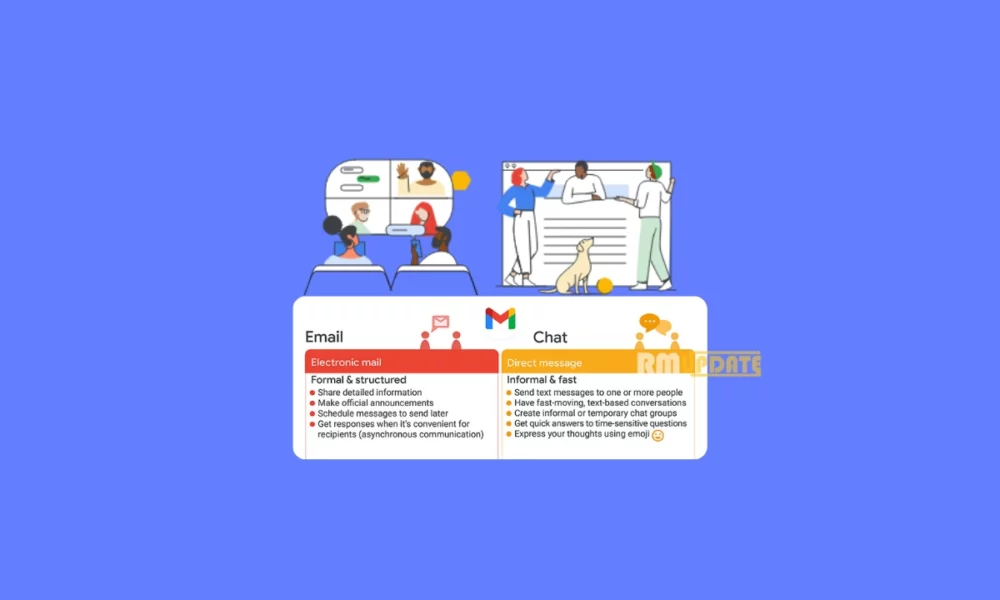
“If you like this article follow us on Google News, Facebook, Telegram, and Twitter. We will keep bringing you such articles.”
